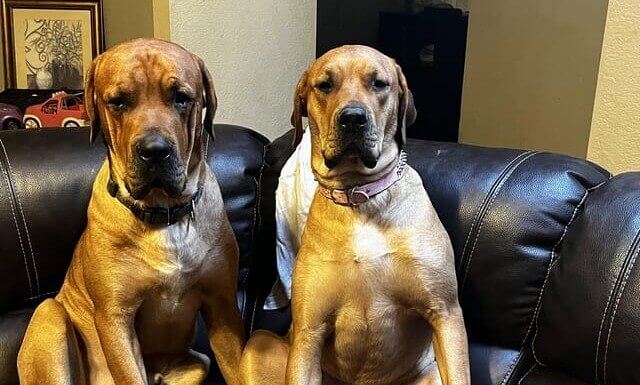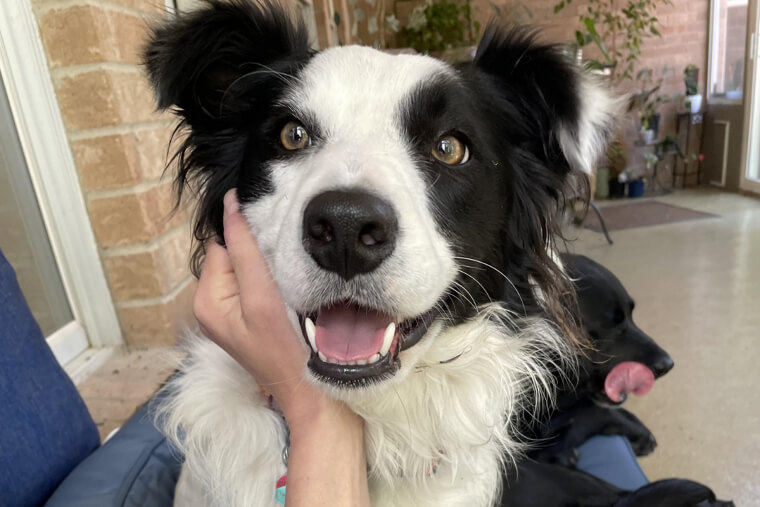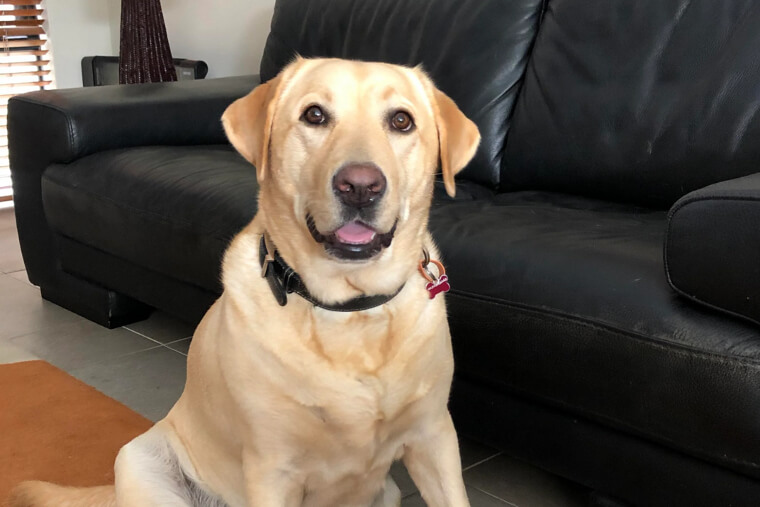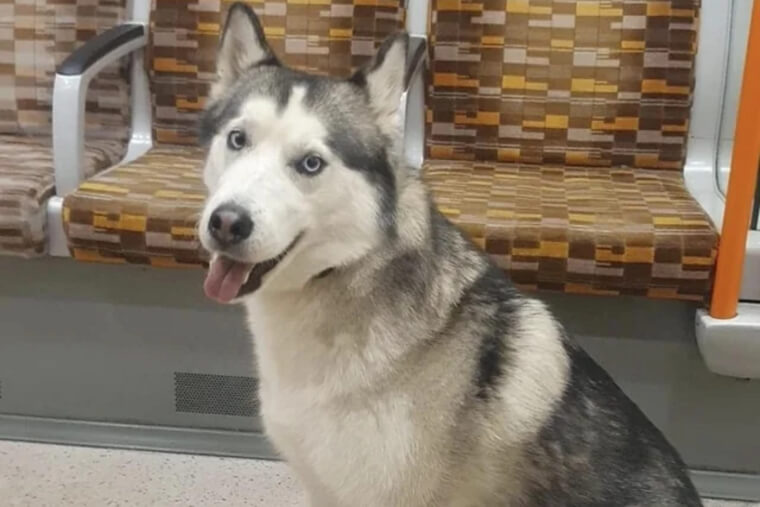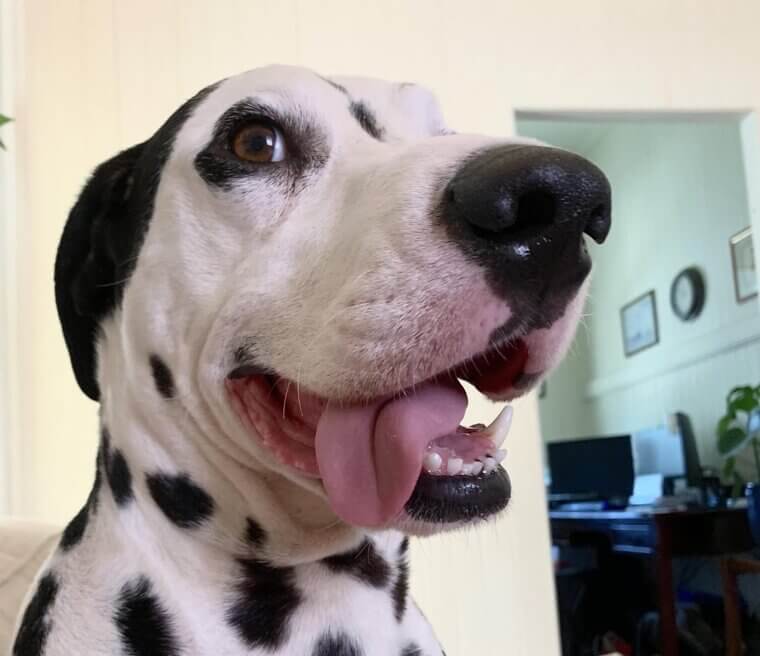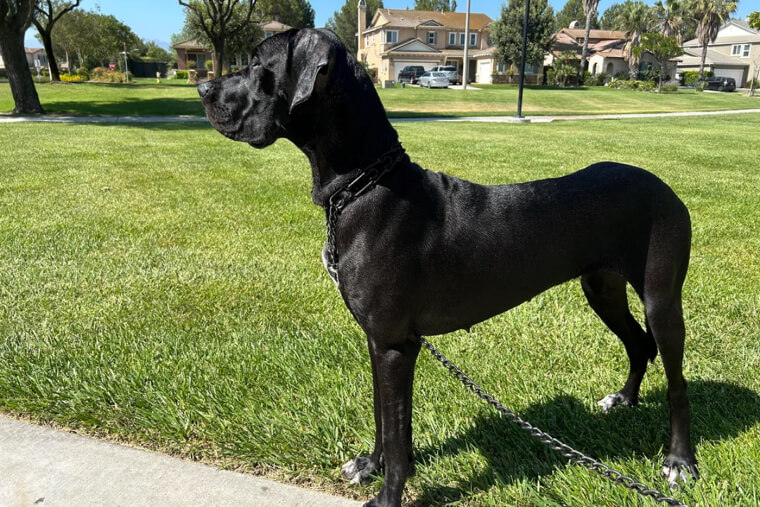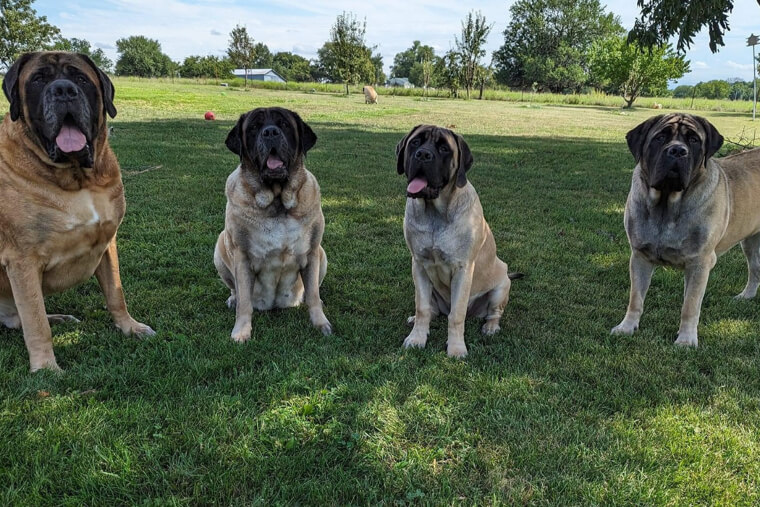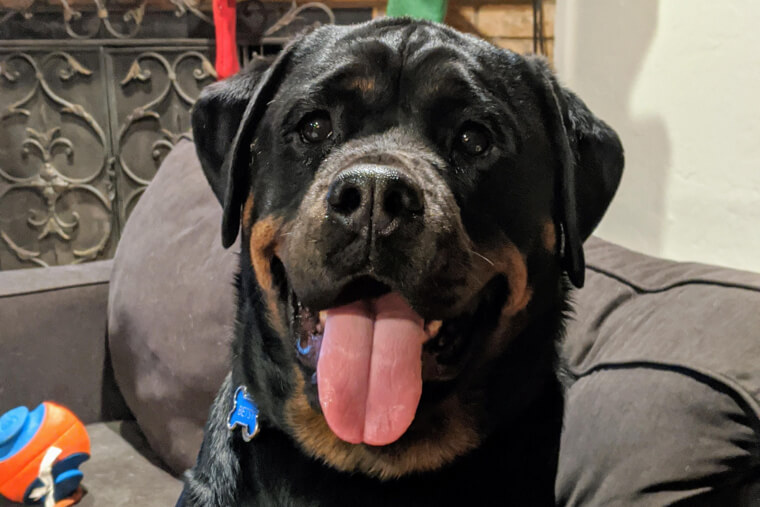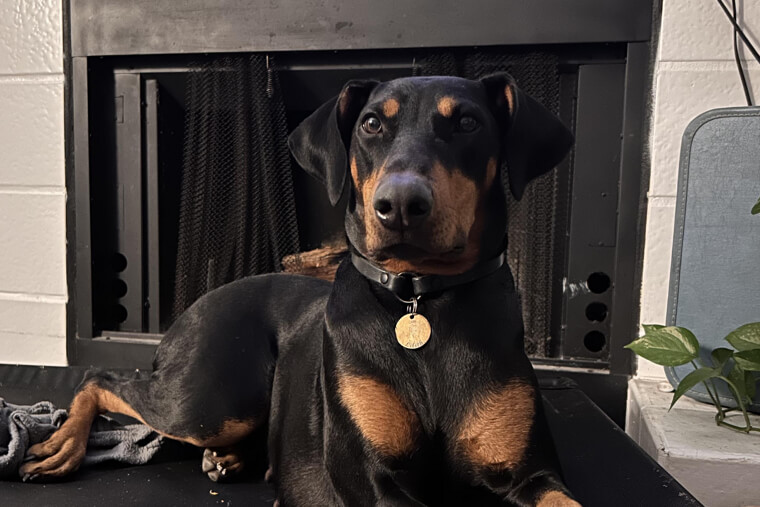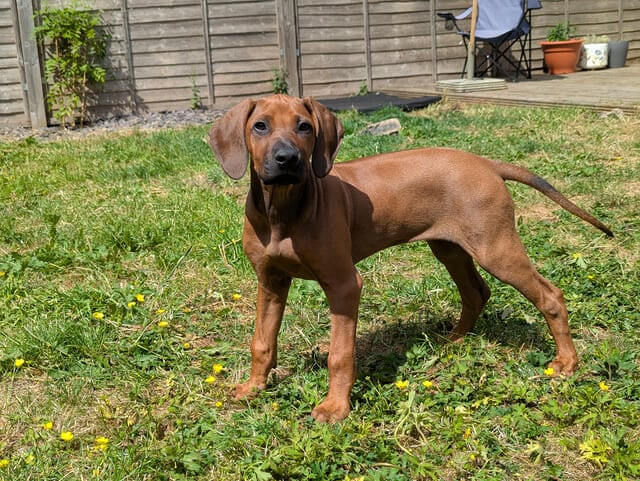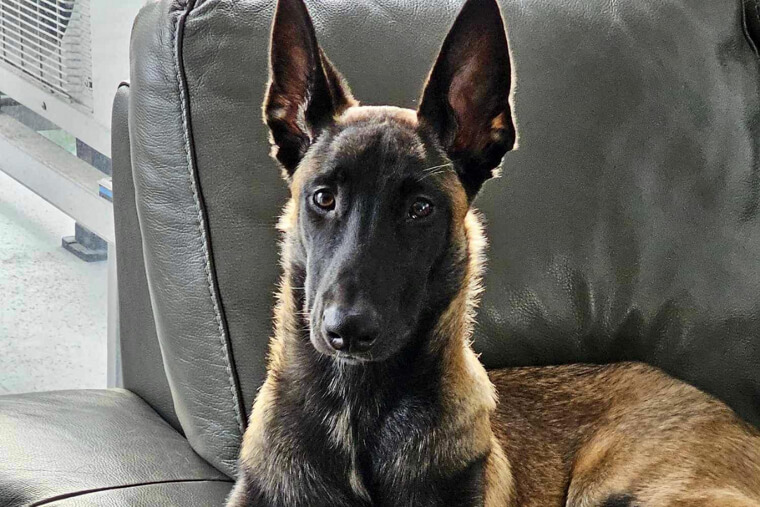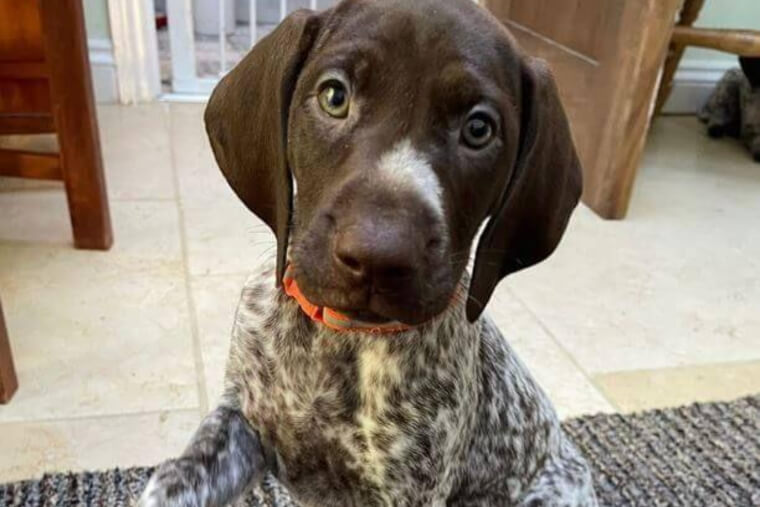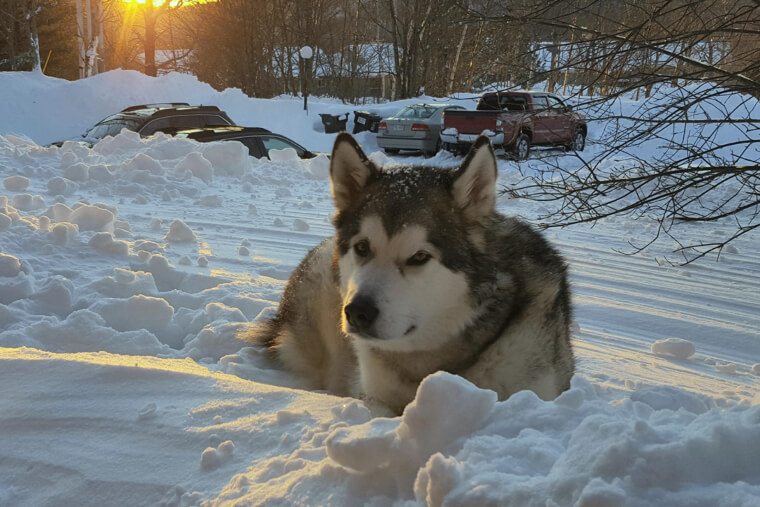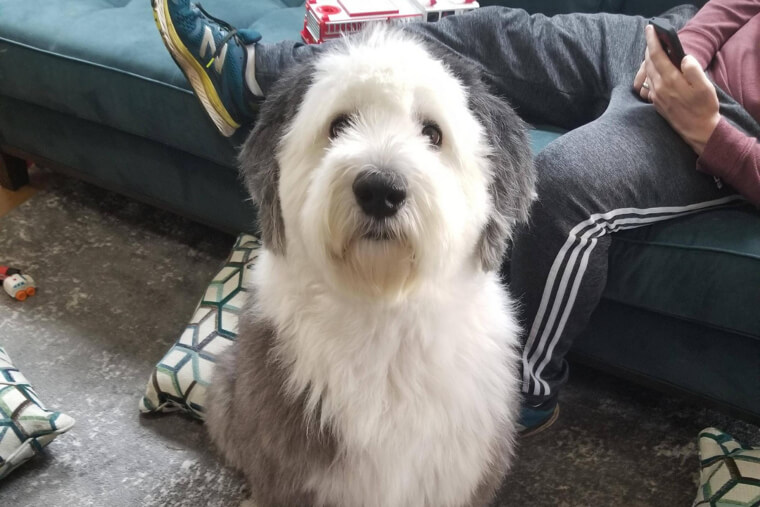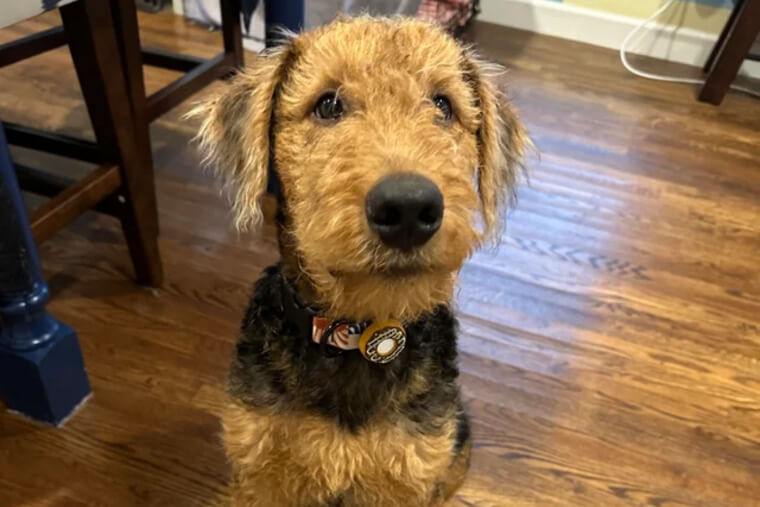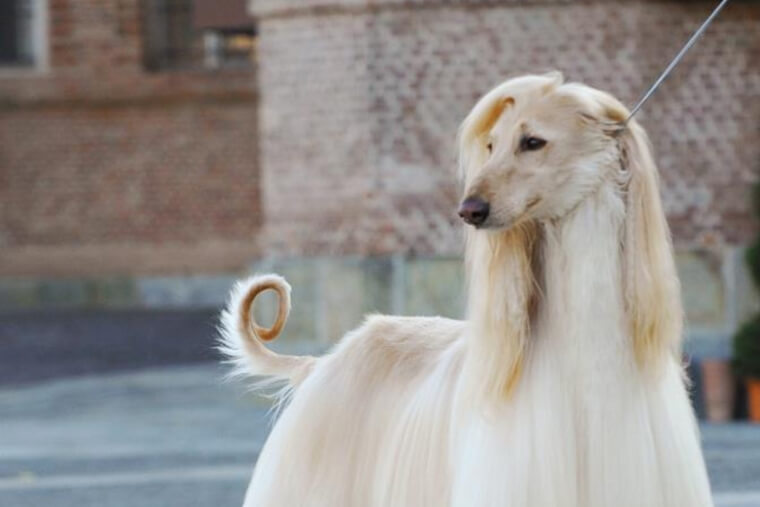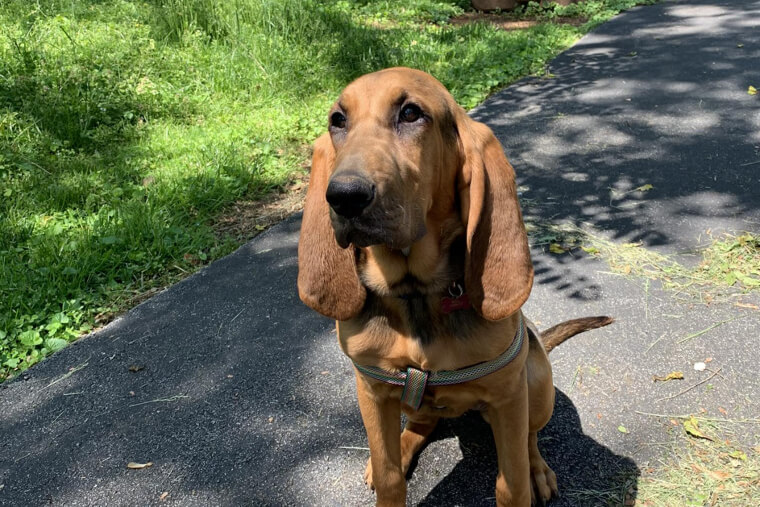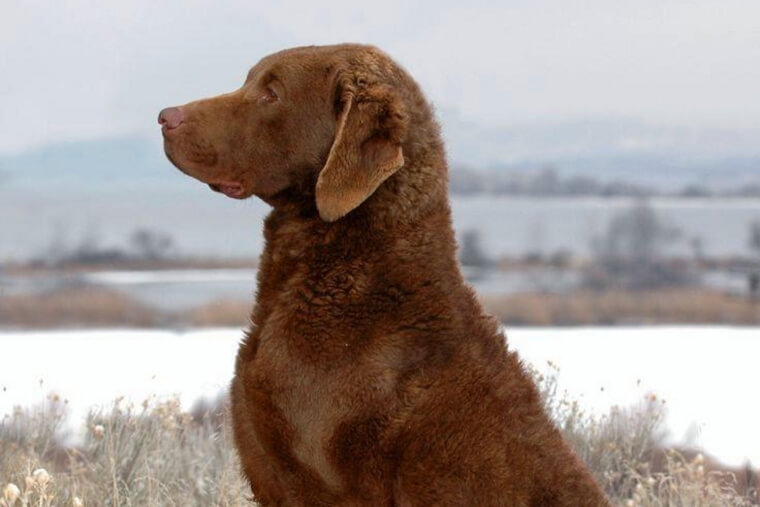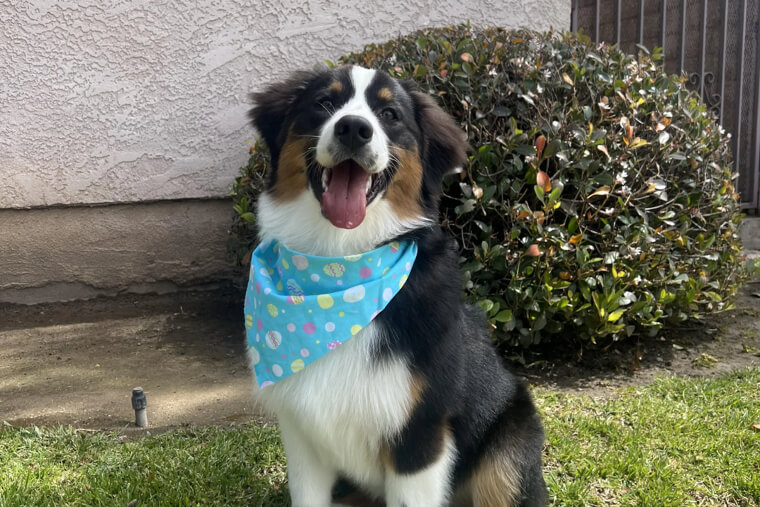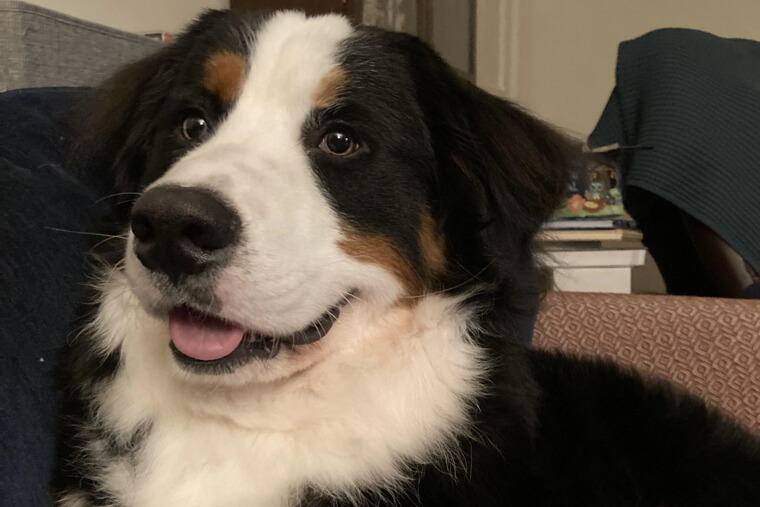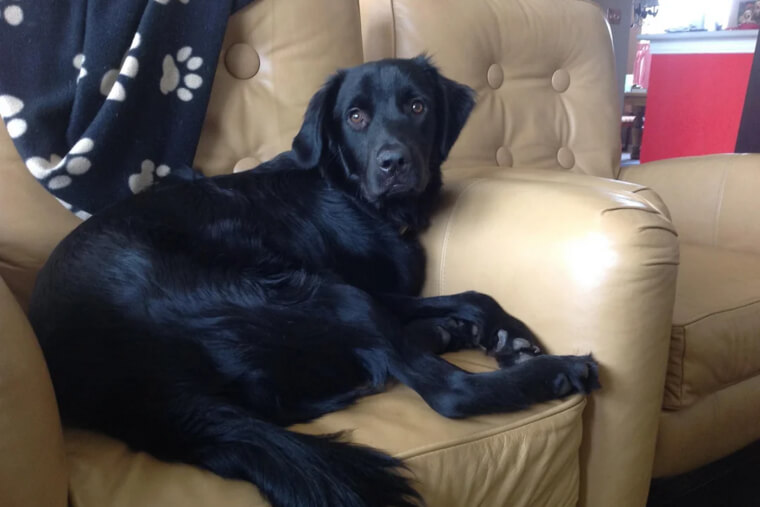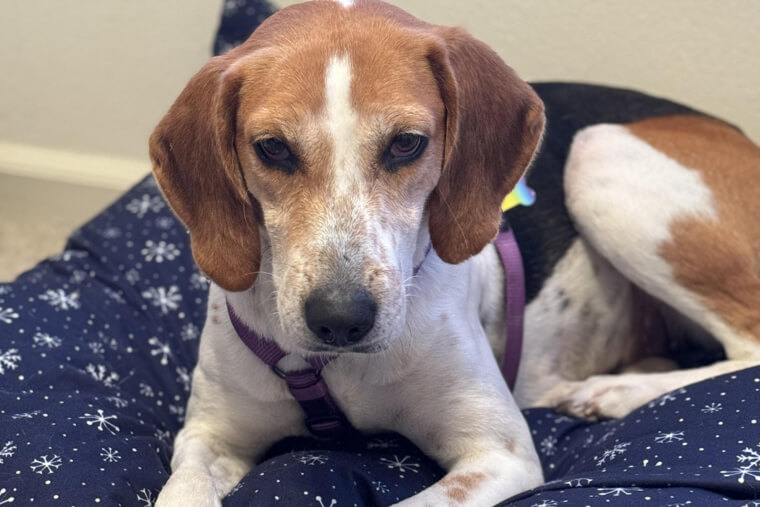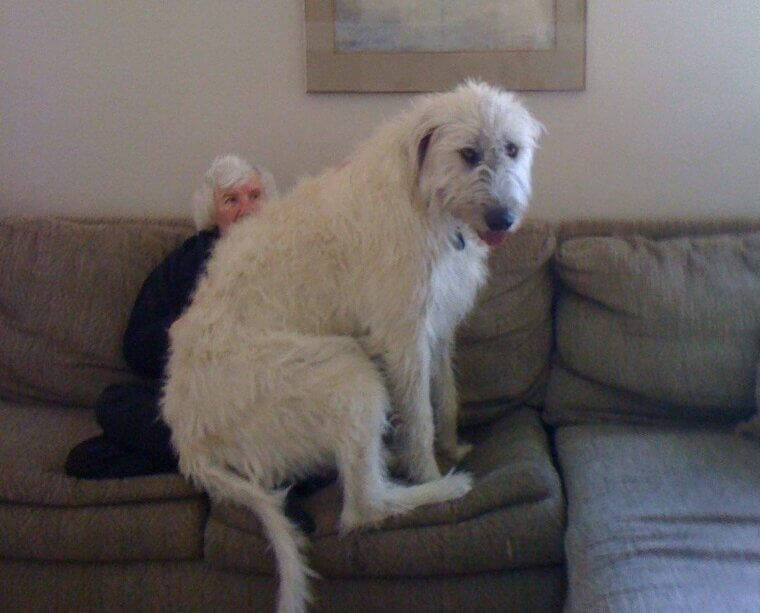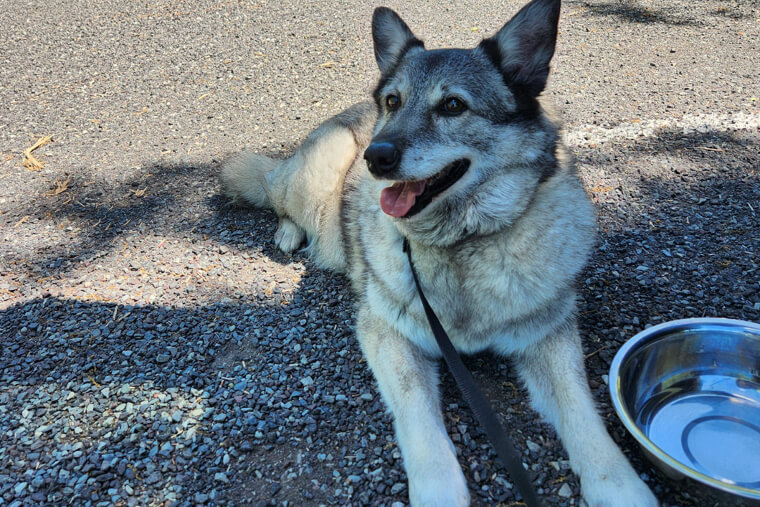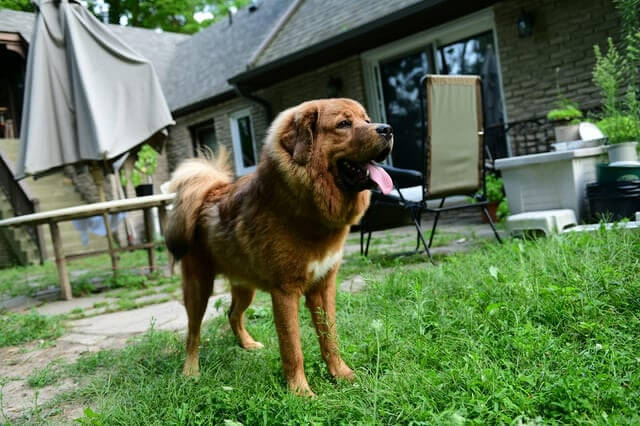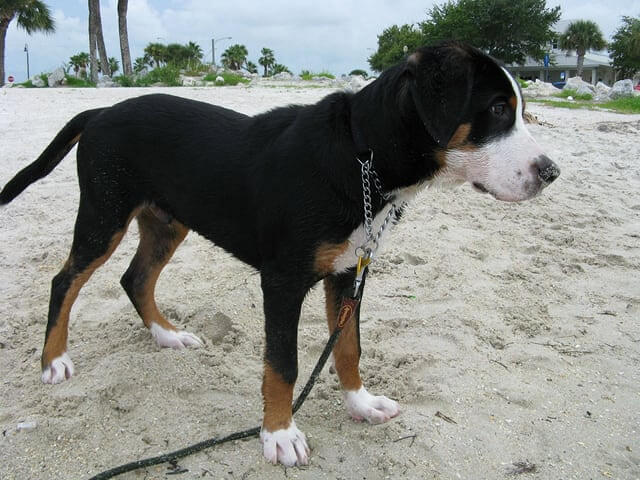Dogs Are Our Best Friends
They are little bundles of endless joy and energy, and most of them don’t do well cooped up in small urban homes. If you live in NYC, LA, or any other big city, or have a smaller-than-average home, here are a few dog breeds that might struggle to live with you.
English Bulldog
Yes, the stereotype is that English Bulldogs are lazy lap dogs. Then why would they struggle in a small space? Well, these furry babies tend to overheat easily and need plenty of open air and ventilation to be able to breathe properly.
Border Collie
As one of the smartest dog breeds on Earth, Border Collies need constant mental stimulation to be at their best. As such, large homes with lots of space to run and play in and interesting challenges to solve are the best environments for them.
Golden Retriever
These large golden furballs are some of the friendliest dogs ever. However, their large size and near-constant high energy mean that they need to get out of the house often. An ideal home for a Golden Retriever has a front and a backyard for them to run and play around in.
Labrador Retriever
If you take the personality and energy of a Golden Retriever and put it in a sturdier body, you get this little ball of chaos. Their constant playful nature means that they can often knock things over in small spaces. A large home essentially becomes a giant playground for these fun-loving fur babies.
German Shepherd
These large, protective dogs were originally bred in Germany to herd sheep and cattle. It makes sense, then, that they prefer to stay alert and on patrol at all times. German Shepherds are also high-energy, which means that they need ample space to play and guard.
Husky
Huskies are bred to be sled dogs or mountain dogs. If you put them in a small apartment, they will be very bored (and will not be afraid to vocalize it very loudly). If you live in a cold place and have a large house with a backyard, then huskies might be the perfect furry friend for you.
Dalmatian
Not only are these spotted dogs large and high-energy, but they can also be very stubborn. If you think you can get away with not taking them on a walk for a day, well, you can not. All of this together means that you need a large home to be a parent to a Dalmatian.
Great Dane
Although they are one of the calmer dog breeds, Great Danes are intimidatingly large in size, which means that raising them in a small home is simply impractical. Keeping them confined to a small home is almost cruel.
Saint Bernard
Large, thick-coated, and prone to drooling, Saint Bernards are definitely not an indoor dog breed. They were originally bred to rescue lost travelers in the Swiss Alps, making them perfect for cold, open terrains. If you have one of them, be sure to reward their sweet, kind nature with a lot of outdoor time.
Mastiff
If Great Danes are the tallest breed, Mastiffs are the largest. On average, an adult Mastiff can weigh up to 230 lbs. Although they are mostly gentle and docile, their sheer size means that keeping them indoors is nearly impossible.
Rottweiler
Their strong, muscular build makes them excellent guard dogs, but they can also be incredibly wilful and stubborn. Combine this with the fact that they need daily, consistent exercise, and you realize why raising them in a small space is not a good idea.
Doberman Pinscher
When it comes to dog breeds, Dobermans are in the same category as German Shepherds. They are large, intimidating, and bred to be guard dogs. They are highly territorial and need a large space to run, play, and patrol in. If you have a smaller home, you might want to consider adopting a different dog breed.
Rhodesian Ridgeback
These strong, independent dogs were originally bred to help hunt lions in southern Africa. From that, you can know everything you need about their nature and temperament. They like to roam and sprint, which means that keeping them confined to a small home will affect their health and well-being.
Belgian Malinois
These dogs are basically smaller versions of a German Shepherd. Initially bred to be working dogs, they are highly favored by police and military forces worldwide. Their extremely high energy means that living in smaller spaces can make them feel claustrophobic and lethargic.
German Shorthaired Pointer
These dogs were specifically bred to be hunting dogs on land and in water. If they don't get enough exercise and “outside time”, they can get restless and even destructive. If you live in an apartment and don’t have any external living space, these dogs are not meant for you.
Akita
Yes, they are the dogs from that one meme ten years ago. If that motivates you to get yourself one of these Japanese babies, keep in mind that Akitas grow to be very large and are not very social. They need their own space, and sharing a small space with many people can make them irritable.
Alaskan Malamute
These large Alaskan dogs are one of the most intelligent and resilient dog breeds; however, this also means that they can be wilful and stubborn. They are also prone to howling and digging and hate living in small, hot spaces. This makes them an unfit companion for a small house.
Old English Sheepdog
English sheepdogs can be very high-energy and loving, but they can also be extremely loud. They also have very extensive and expensive grooming needs, making them unsuitable for small apartments.
Airedale Terrier
These furry dogs are the largest of the Terriers and can weigh up to 70 lbs. Specifically bred for hunting and police work, they need consistent physical and mental activities to stay healthy and focused. While they can be excellent guard dogs, maintaining them in a small living space can be inconvenient and expensive.
Afghan Hound
The Afghan Hound was bred to hunt in the mountainous regions of Afghanistan. This means that sprinting and climbing are part of their nature. They need to have plenty of open space for their physical and mental well-being. Add to that the cost of grooming and maintaining their coat, and you can see why they aren’t an ideal ‘city-dog’.
Bloodhound
The phrase “nose of a Bloodhound” exists for a reason. Once a bloodhound catches a scent of their interest, they WILL follow it relentlessly. Their large size and weight also mean that they can not move easily in small, tight spaces.
Chesapeake Bay Retriever
Their dense, oily, water-resistant coat was designed to be able to retrieve ducks from icy waters. They are highly driven and goal-oriented, which makes them excellent hunting dogs. However, this same trait makes them a liability in small living spaces. If they don’t have the space to run and play in, they often become destructive.
Australian Shepherd
This hyperactive breed always needs something to work on. They are like little children—very friendly but always need a distraction. Simply put, on a daily basis, they need more stimulation than a small apartment or house can offer.
Bernese Mountain Dog
A typical Bernese Mountain Dog can weigh up to 115 lbs, but they usually have a very gentle and calm personality. This contrast has earned them the title of a “Gentle Giant” breed. Despite this, their sheer size means that they don’t do well indoors.
Collie (Rough & Smooth)
Collies (both Rough-haired and Smooth-haired) were bred to be herding dogs. This means that they are driven by a strong sense of purpose. They are very intelligent and sensitive, which means that they get along well with most people (especially kids), but their size and high-energy behavior make them ill-suited for smaller homes.
Flat-Coated Retriever
Flat-Coated Retrievers are also called perpetual puppies because of how joyful and playful they can be. Like most retrievers, they are high-energy hunting dogs, which means that they can be clumsy and even destructive if they don’t get enough exercise and stimulation.
Foxhound
Foxhounds (both English and American) are pack-oriented animals. Living alone (especially in small spaces) can make them feel lonely and even depressed. These highly social dogs need to interact with other people (and dogs) to feel happy, which means that a small, cramped home is the worst place for them to live.
Scottish Deerhound
Like Great Danes, Scottish Deerhounds can grow to be very tall. An average Deerhound can grow up to 30 in in height. Because of this, despite their calm, loving, and gentle nature, they can not live in small living spaces.
Greyhound
Their tall, narrow build makes them one of the fastest dog breeds, capable of reaching up to 45 mph. Although they have a quiet, gentle, and affectionate temperament, they also need daily sprints to stay healthy. If you live in a small apartment and if you’re not a regular runner, this dog breed might not be a good fit for you.
Irish Wolfhound
These tall Irish dogs can reach up to 7 ft. when they stand on their hind legs. Originally bred to hunt wolves, these dogs can not adapt to fast-paced city life. They need ample space to roam and sprint, without which they can become lethargic and dull.
Otterhound
Otterhounds are one of the rarest dog breeds in the world. Currently, there are only about a thousand Otterhounds alive on Earth. Their loud, boisterous personality (and voice) can be too loud in a small home. Originally bred in medieval England to hunt Otters on land and in water, they need regular, systematic exercise to be healthy.
Norwegian Elkhound
These were the dogs that Vikings took with them to hunt big game. They are loud, vocal, independent, and shed heavily—all traits that would make them almost a nightmare in any NYC home.
Tibetan Mastiff
Tibetan Mastiffs are one of the oldest dog breeds in the world. They protected Tibetan tribes from wolves, leopards, and other predators. As such, they are large (weighing up to 150 lbs) and sturdy dogs who can be very loud and intimidating.
Greater Swiss Mountain Dog
These large dogs were used to pull carts in the Swiss Alps. Their large size, high strength, and natural alertness make them an ideal guard dog. But these are also the reasons why they can not thrive in small homes.

